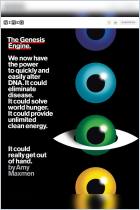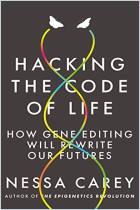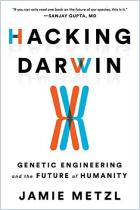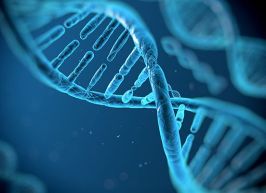
A review of
A Crack in Creation
Gene Editing and the Unthinkable Power to Control Evolution
The review below was first published in the getAbstract Journal on 11 нояб. 2022 г..
We’ve reviewed this title for you as we currently cannot offer a summary.
We’ve reviewed this title for you as we currently cannot offer a summary.
Gene Editing
by David Meyer
Biochemists and genetic researchers Jennifer A. Doudna, PhD, and Samuel H. Sternberg, PhD, offer a deep dive into CRISPR gene editing, its potential and its possible ethical issues.
By the same authors
Learners who read this also read
Article
Book
Book
Article


















Comment on this review or Начать обсуждение